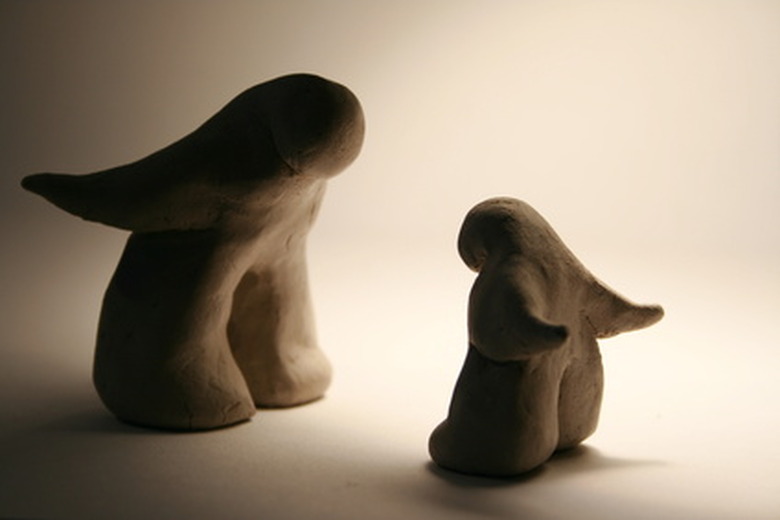How Is Clay Soil Formed?
How is clay soil made? There are may types of soil, and whether it is primarily clay, silt or sand, the process of soil formation is similar. All soil is composed of about the same proportion of components: 45% minerals, 25% water, 25% air and 5% organic matter. The soil space occupied by water and air is referred to as pore space.
The exact composition and texture is dictated by the size of the mineral particles, which is controlled by five main factors of soil formation. The factors that affect soil formation are parent material, climate, biota, topography and time. The combination of these factors determines the types of soil present in a region, and clay soils are usually found in areas where rock-forming minerals – like silica, alumina and magnesia – have been impacted by chemical weathering.
Types of Clay Minerals
Types of Clay Minerals
Clay soils are composed of microscopic particles that are flaky in shape and crystalline in structure. Much smaller than sand and silt grains, clay particles are tiny—smaller than 2 micron.
Another difference between clay particles and sand or silt is that clay minerals carry an electrical charge on their surface. This imparts characteristics distinct to clay soils, such as plasticity and cohesion. Clay soils are often rich in nutrients, due to the fact that the electrical charge of clay particles attract and hold other charged particles, like calcium and potassium.
Because of the size of the types of clay minerals, clay soils expand and contract significantly when they are exposed to changes in moisture content. This quality means that some types of pottery can be made from specific types of clay for art. Clay soil can also be used to make building materials like bricks and tiles.
Clay Soil Formation
Clay Soil Formation
The interactions of the five factors that affect soil formation – parent material, climate, biota, topography and time – lead to the development of different soils on our planet. Soil scientists study and classify the different types of soils on Earth using a taxonomic system that groups soils into twelve major orders.
From heavy clays to soils rich in organic matter, the top layer of the surface of our planet supports all life on Earth. The types of soils found in a region are heavily dependent on the parent material present in the area, which means that the soils that develop near a volcano are very different from those that form in jungles rich in vegetation.
The chemical weathering of rock-forming minerals like silica over long periods of time – that is, thousands of years – leads to the Geology(Earle'>formation of clay soils/05%3A_Weathering_and_Soil/5.04%3A_Weathering_and_the_Formation_of_Soil). As parent materials break down into smaller particles through the weathering process, they combine with decaying organic material to become soils. The chemical weathering necessary for the formation of clay soils takes place more quickly in warmer climates.
Soil Characteristics and Horizons
Soil Characteristics and Horizons
Clay soils develop slower than other types of soil, due to the fact that the parent materials are slow to weather. Because soils are constantly created, they accumulate over time and form distinct layers, known as soil horizons.
The uppermost layer of soil contains the highest amount of organic materials, such as decaying plants and animals. Relatively young soils contain fewer layers, or horizons. Clay soils often appear yellow, red or gray, due to the specific minerals they are composed of.
Studying the horizons of a soil by examining a cross-section of the layers can reveal many of the characteristics of the soil type. The color, texture and pore space present provide a glimpse of an area's geography. In some cases, the organic materials found in soil horizons and their rates of decay even help scientists understand changing weather and climate patterns on our planet.
Cite This Article
MLA
Sloane, Christina. "How Is Clay Soil Formed?" sciencing.com, https://www.sciencing.com/how-is-clay-soil-formed-13406937/. 18 January 2022.
APA
Sloane, Christina. (2022, January 18). How Is Clay Soil Formed?. sciencing.com. Retrieved from https://www.sciencing.com/how-is-clay-soil-formed-13406937/
Chicago
Sloane, Christina. How Is Clay Soil Formed? last modified March 24, 2022. https://www.sciencing.com/how-is-clay-soil-formed-13406937/
